
For decades, the dynamic duo of Tom and Jerry has entertained audiences worldwide, their legendary chase sequences and ingenious antics becoming a staple of animated storytelling. While Tom, the ever-determined feline, consistently plans his elaborate schemes, it’s often the small, brown house mouse, Jerry, who truly shines as the mastermind behind the mayhem. Jerry’s wit, resilience, and surprisingly formidable strength have cemented his place as one of animation’s most beloved and enduring protagonists.
His appeal isn’t just in his ability to outsmart a cat ten times his size; it’s in the sheer ingenuity and often audacious ways he turns the tables, creating a captivating narrative of the underdog’s triumph. From his earliest days on screen to his impactful crossovers and numerous iterations, Jerry Mouse has consistently evolved while maintaining the core characteristics that make him so endearing. He is more than just a character; he’s a symbol of cleverness and persistence, deeply etched into the fabric of popular culture.
Join us as we take a deep dive into the fascinating world of Jerry Mouse, uncovering the pivotal moments, defining traits, and surprising facts that have shaped his illustrious career. Get ready to explore the essential insights that make this seemingly small rodent a giant in the realm of animation, proving that even the tiniest of heroes can leave the biggest mark.
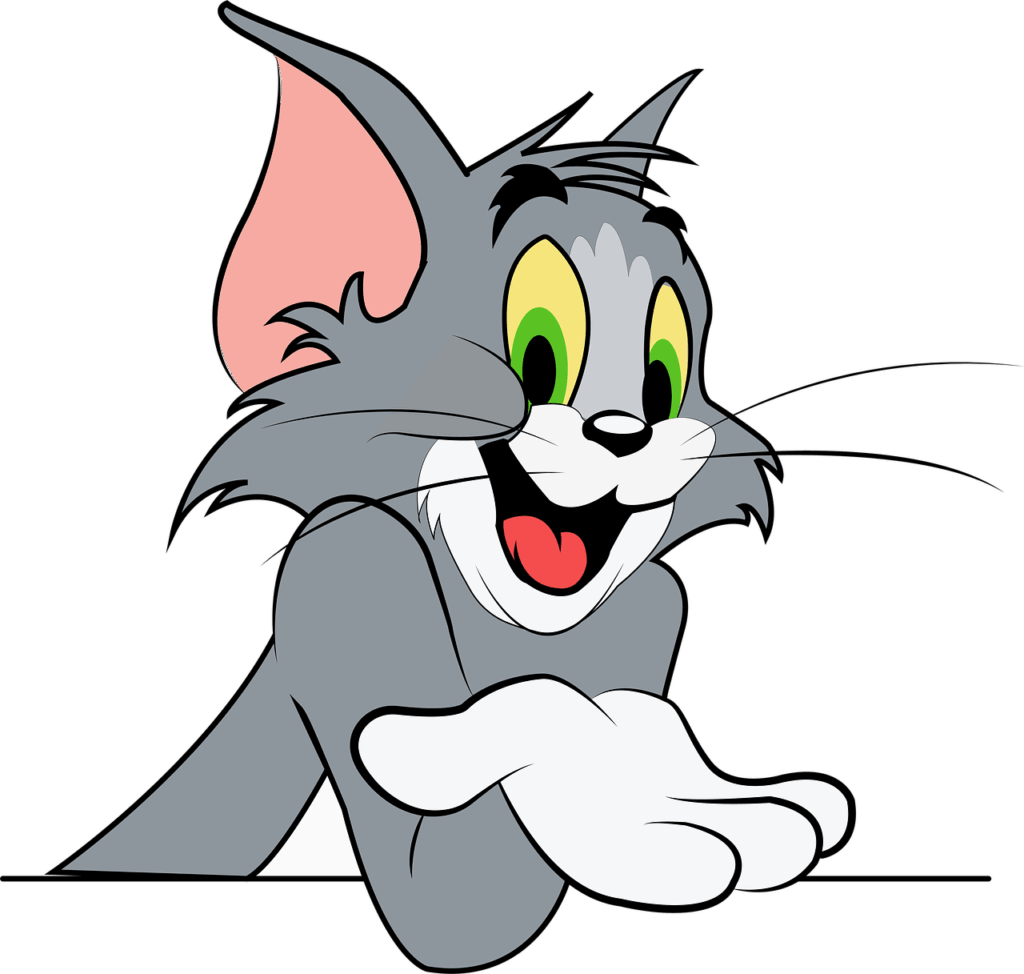
1. **The Genesis of a Legend: Creation and Debut**The story of Jerry Mouse, and indeed the entire Tom and Jerry phenomenon, began in the vibrant, competitive landscape of Metro-Goldwyn-Mayer’s cartoon studio. It was in 1940, a crucial year for the studio struggling to keep pace with animation giants like Walt Disney Productions and Leon Schlesinger Productions, that two visionary creators, William Hanna and Joseph Barbera, introduced the world to their iconic cat-and-mouse duo.
Their inaugural short film, titled “Puss Gets the Boot,” marked the very first appearance of the character we would come to know and love as Jerry. This initial offering proved to be an immediate success in theaters, quickly garnering an Academy Award nomination for Best Short Subject (Cartoon), signaling the arrival of a new, formidable force in animated entertainment.
This debut was more than just a successful film; it was the birth of a franchise that would redefine cartoon comedy. The initial chemistry between the unnamed cat (then called Jasper) and mouse was undeniable, laying the groundwork for a rivalry that would captivate generations. It was a testament to Hanna and Barbera’s innovative approach that their very first collaboration together would receive such critical acclaim and set the stage for one of the most celebrated animated series in history.
Read more about: Sonny Curtis, Architect of ‘I Fought the Law’ and ‘Mary Tyler Moore’ Theme, Dies at 88: A Life in Music
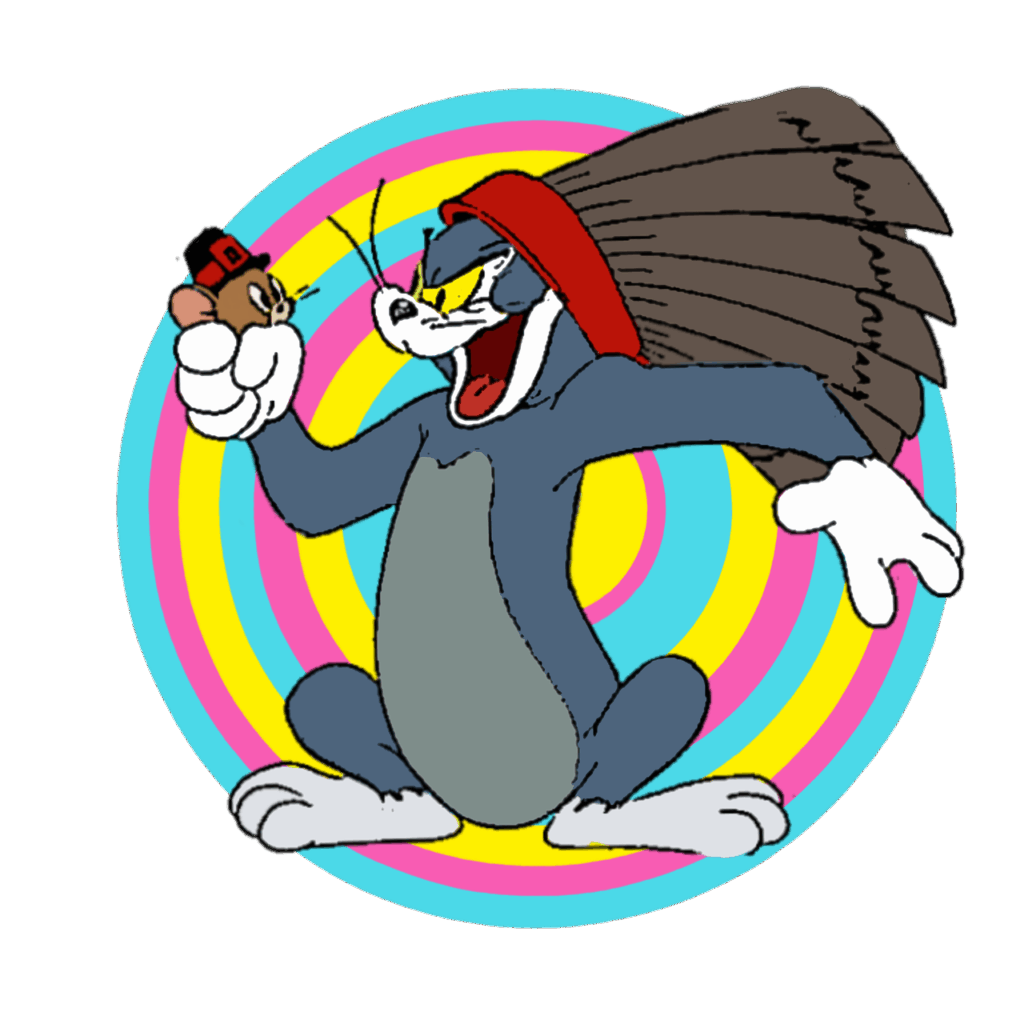
2. **From Jinx to Jerry: Early Naming Conventions**While he quickly became an icon, Jerry Mouse wasn’t always known by his famous moniker. In his very first cartoon, “Puss Gets the Boot,” the character was not referred to by name at all. This period of ambiguity allowed for a playful evolution of his identity before his official naming. William Hanna, one of his co-creators, later stated that the mouse’s original working name was “Jinx,” a fitting, albeit temporary, designation for a character often at the center of chaotic good fortune.
Further adding to the early confusion, a 1940 article published in MGM’s “Short Story” magazine referred to the character as “Pee-Wee.” These early, discarded names offer a fascinating glimpse into the creative process and how characters find their definitive identities. It highlights that even legendary figures can have humble and uncertain beginnings, with their most recognizable traits developing over time.
The name “Jerry” was eventually chosen through a rather significant turn of events. It was submitted by Geraint Rowlands, a crucial figure who presented “Tom and Jerry” as potential names for the duo. This decision came after an important Loews Inc. distributor in Texas requested follow-ups to the successful “Puss Gets the Boot,” solidifying the names that would become synonymous with animated excellence. The adoption of “Jerry” provided the character with a memorable and distinct identity that would last for decades.
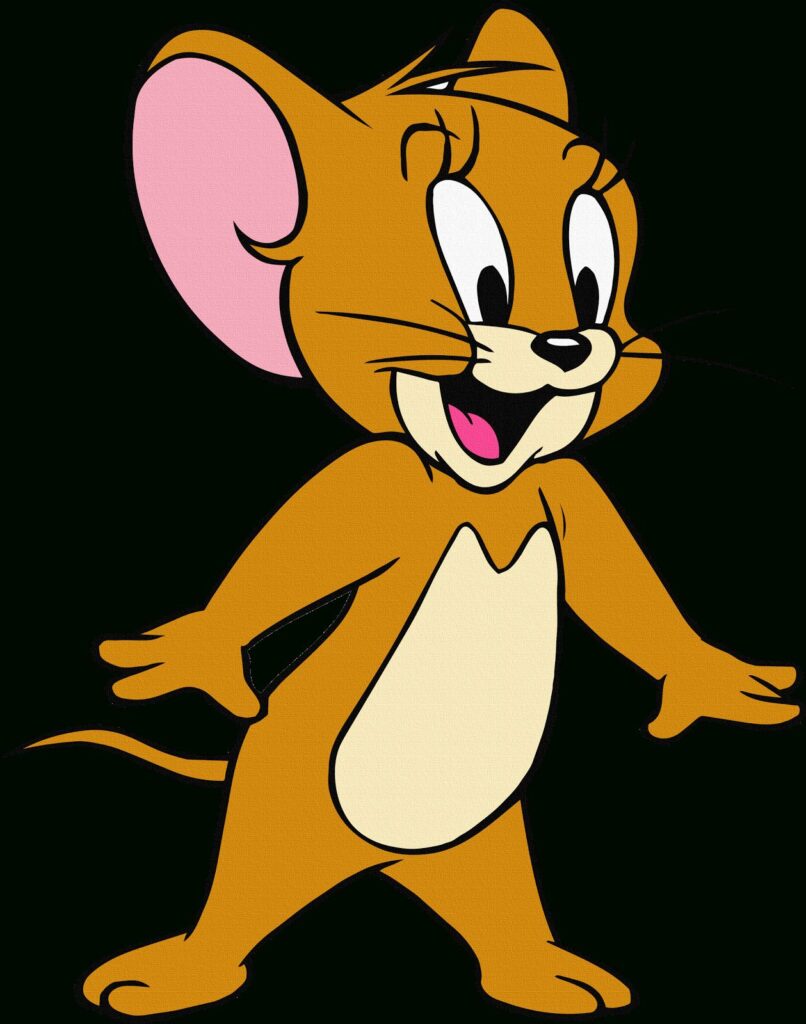
3. **Redefining the Chase: Core Rivalry Dynamics**By the 1940s, the concept of a cat-and-mouse duo was hardly revolutionary; in fact, it was considered “shopworn.” However, William Hanna and Joseph Barbera, with their innovative vision, weren’t content with simply rehashing old tropes. They deliberately decided to expand upon the standard, expected cat and mouse relationship, injecting a fresh, dynamic energy that set their series apart from anything that came before it.
Jerry was deliberately crafted to be anything but a “cowering victim” of Tom. Instead, he took immense “delight in besting, and even torturing, his feline frenemy.” This reversal of traditional roles was groundbreaking, presenting a mouse who wasn’t just surviving but actively thriving and even reveling in his superior wit. This dynamic provided endless comedic possibilities and allowed Jerry to be a more active and engaging protagonist, rather than merely a reactive one.
Hanna and Barbera famously characterized Tom and Jerry as “the best of enemies,” a description that perfectly encapsulates the complex nature of their relationship. Beneath the endless attacks and relentless pursuits, there lay “an unspoken amount of mutual caring and respect for one another.” This nuance added depth to their rivalry, suggesting that their conflicts were often a spirited game rather than true malice, and it’s this underlying bond that continues to resonate with audiences, making their confrontations feel entertaining rather than purely antagonistic.
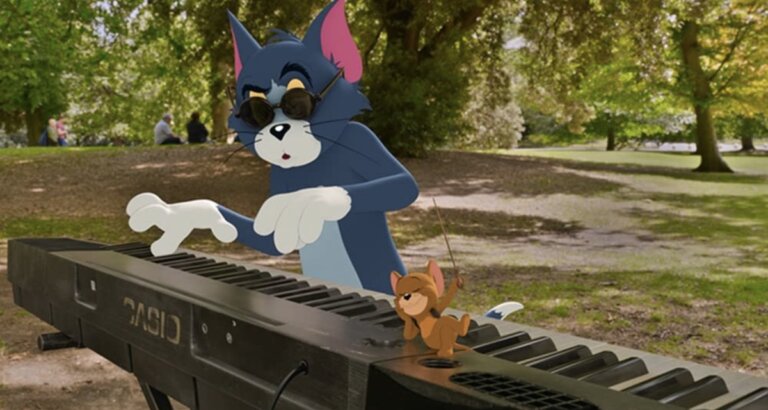
4. **Expanding the Family Tree: Ward and Relatives**As the “Tom and Jerry” cartoon series evolved, Jerry’s character gained further depth and expanded his narrative horizons by acquiring a young ward. This small, grey mouse, who became affectionately known as “Tuffy” or “Nibbles” depending on the specific cartoon, was a delightful addition to Jerry’s world. His introduction in the 1946 short “The Milky Waif,” where he was left on Jerry’s doorstep as a foundling baby, instantly added a new dimension of responsibility and protection to Jerry’s usually mischievous persona.
Beyond his adorable ward, the provided context reveals a surprisingly extensive family for Jerry, illustrating a rich, albeit often unseen, network of relatives. His uncles, Pecos and Harry, add a touch of extended family. Furthermore, his cousins Muscles and Merlin suggest a lineage of varying physical and perhaps magical prowess, adding to the intrigue of the mouse’s background. His nephews, Dinky and Sniffles, indicate a younger generation influenced by his adventurous life.
Rounding out his family, Jerry also has an unnamed mother and a sister, Geraldine Mouse, mentioned in his in-universe information. This surprisingly detailed family tree, even if many characters only appear fleetingly or are only referenced, paints a picture of Jerry as part of a larger community, further enriching his character beyond his perpetual rivalry with Tom. It adds a layer of relatability and background to the nimble rodent.

5. **Swashbuckling Adventures: The Musketeer Sub-series**One of the most charming and critically acclaimed deviations from the typical domestic setting for Tom and Jerry involved a unique sub-series set in 17th-century France. In these memorable shorts, Jerry and his young ward, Tuffy/Nibbles, took on the heroic roles of musketeers, embarking on grand, swashbuckling adventures. This creative reimagining showcased their versatility and allowed for a whole new array of comedic and action-packed scenarios, proving the characters could thrive in any historical context.
The most celebrated of these musketeer shorts, “The Two Mouseketeers,” achieved significant recognition, winning the prestigious 1951 Academy Award for Best Short Subject: Cartoons. This accolade underscored the brilliance of the concept and execution, highlighting how effectively Hanna and Barbera could adapt their characters to different genres while maintaining their core appeal. The blend of classic animation, period setting, and the duo’s signature antics created a truly unforgettable cinematic experience.
These particular adventures, despite their distinct setting and thematic shift, still retained the essence of the Tom and Jerry dynamic, albeit with a more heroic undertone. It allowed audiences to see Jerry not just as a clever pest, but as a brave, albeit tiny, hero, capable of protecting his ward and upholding a code of honor, even if his methods were still infused with his characteristic mischievousness. The musketeer series remains a beloved chapter in Jerry’s storied history.

6. **The Golden Age of Animation: Hanna-Barbera Era Success**The period from 1940 to 1958, known as the Hanna-Barbera era at MGM, represents a true golden age for Jerry Mouse and the entire “Tom and Jerry” franchise. During this prolific time, William Hanna and Joseph Barbera served not only as writer/directors but eventually also became the producers of these iconic cartoons from 1956 onwards. Their hands-on approach and creative genius were instrumental in shaping the look, feel, and unparalleled comedic timing that became the hallmark of the series.
Under their directorship, a staggering total of 114 “Tom and Jerry” shorts were produced for MGM’s initial run, each one a testament to their innovative storytelling and visual humor. This period of intense creativity yielded an incredible harvest of awards, with a remarkable fourteen “Tom and Jerry” cartoons between 1940 and 1954 earning nominations for the coveted Academy Award for Best Short Subject: Cartoons.
Even more impressively, seven of these nominated shorts ultimately won that prestigious award, a monumental achievement that underscored their consistent excellence. This incredible tally of seven Academy Awards meant that “Tom and Jerry” tied for first place with Walt Disney’s “Silly Symphonies” for the most awards in the category, firmly cementing Jerry Mouse’s place as a star in animated cinema and a testament to the unparalleled success of the Hanna-Barbera creative partnership.
Read more about: The Enduring Legacy of Tom and Jerry: A Comprehensive History of the Iconic Animated Duo
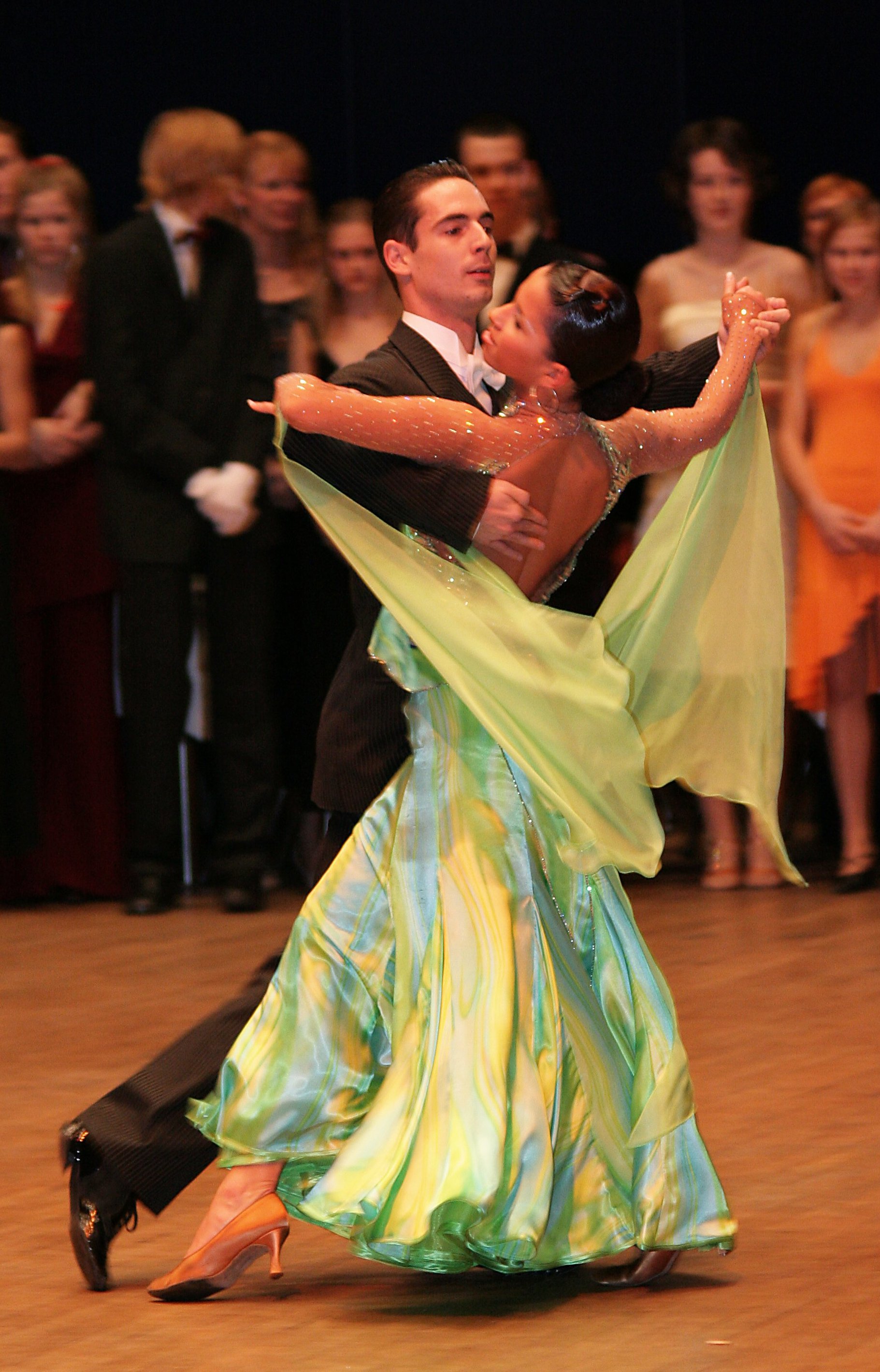
7. **Dancing with a Legend: Solo Appearance in “Anchors Aweigh”**Jerry Mouse’s impact wasn’t confined to his animated shorts; he famously ventured into the live-action world in a groundbreaking sequence in the 1945 Gene Kelly MGM musical film, “Anchors Aweigh.” In a memorable fantasy sequence, Jerry appears on his own, captivating audiences as the young ruler of a kingdom where music has been controversially banned. The reason for this royal decree? His personal feeling that he simply lacks talent, adding a touch of self-deprecating charm to his character.
It is in this enchanting segment that Gene Kelly, playing an intrepid sailor, embarks on a mission to persuade the musically shy mouse. Kelly ultimately succeeds in convincing Jerry to perform a spectacular song-and-dance number with him, creating one of cinema’s most iconic and pioneering live-action/animated collaborations. The scene was a technical marvel for its time and instantly became a classic for its innovative blend of different media.
Interestingly, the production’s initial vision for Kelly’s dance partner was not Jerry. Kelly and MGM had originally hoped to feature Walt Disney’s Mickey Mouse in the sequence. However, Disney was unwilling to license his character, paving the way for Jerry Mouse to step into the spotlight and create cinematic history. Hanna and Barbera achieved the seamless effect of Kelly dancing with Jerry through the meticulous technique of rotoscoping, where live-action plates of Kelly dancing alone were shot first, and then Jerry’s actions were painstakingly traced frame by frame to perfectly match Kelly’s movements. This innovative approach was so successful that contemporary trade reviews widely acclaimed the animated segment for “stealing the show,” and its triumph led to two more live-action/animated projects for Hanna and Barbera and MGM, further cementing Jerry’s status as a crossover star.
Dive deeper with us as we unravel more of Jerry Mouse’s incredible journey, from his nuanced vocal expressions to his profound cultural resonance across the globe. We’ve seen how this tiny titan captured hearts and awards in his early days, and now we’ll explore the layers that make him a truly multifaceted and enduring icon of animation. Get ready for more fascinating insights into the mouse who continually proves that size doesn’t determine impact!

8. **The Nuance of Silence: Jerry’s Vocal Evolution**One of the most defining and instantly recognizable traits of Jerry Mouse, much like his feline adversary Tom, is his largely silent nature. Yet, while speech isn’t his primary mode of communication, it’s far from a strict rule. This deliberate choice by his creators allowed for universal appeal, transcending language barriers, and placing a premium on visual comedy and expressive animation. His emotions and reactions are masterfully conveyed through physical comedy and subtle gestures, proving that sometimes, the loudest statements are made without a single spoken word.
However, the concept of Jerry being completely mute is a common misconception. Throughout his illustrious career, particularly in his earlier appearances, various vocal effects and even spoken lines were sparingly utilized, adding unexpected layers to his character. Co-creator William Hanna himself provided many of Jerry’s high-pitched vocal effects during the prolific Hanna-Barbera era from 1940 to 1958, establishing a baseline for the character’s non-verbal communication that became deeply embedded in audience’s memories.
Beyond just grunts and squeaks, Jerry occasionally surprised audiences with actual words. Harry E. Lang, for instance, contributed to Jerry’s vocal effects and even delivered speaking lines in classic shorts like “The Lonesome Mouse” (1943) and “Mouse in Manhattan” (1945), even whistling in “The Bodyguard.” These instances, though rare, offered a glimpse into a more verbally expressive Jerry, adding to the charm and unpredictability that audiences adored. It’s these small, significant details that highlight the careful craftsmanship behind such an enduring character.

9. **A Chorus of Voices: The Mid-Century and TV Era Performers**As the Tom and Jerry franchise matured and transitioned through different animation studios and formats, a fascinating array of talented voice actors stepped into Jerry’s tiny shoes. These performers, while often providing only vocal effects or brief speaking parts, contributed significantly to the character’s evolving personality and comedic timing. Their contributions ensured that Jerry’s distinctive chirps, laughs, and occasional exclamations remained consistent yet fresh across decades of productions.
During the golden age, Sara Berner notably lent her voice to Jerry in “The Zoot Cat” (1944) and, more famously, provided both his speaking and singing voice for the groundbreaking dance sequence with Gene Kelly in “Anchors Aweigh” (1945). Lillian Randolph, widely known as the voice of Mammy Two Shoes, even voiced Jerry when he and Nibbles disguised themselves in the 1946 short “The Milky Waif,” showcasing the creative versatility employed in giving Jerry a voice, even if it was for a gag.
The transitions of the 1950s and 1960s saw further vocal contributions. Paul Frees provided Jerry’s speaking voice in “His Mouse Friday” (1951) and “Blue Cat Blues” (1956), while Manuel Paris took over in “Mucho Mouse” (1957). When the series entered the Gene Deitch era (1961–1962), Deitch himself and Allen Swift handled Jerry’s vocal effects. Later, during the iconic Chuck Jones era (1963–1967), the legendary Mel Blanc, June Foray, Chuck Jones, and Abe Levitow all contributed, with Terence Monk and Dale McKennon even providing his singing voice in specific shorts like “The Cat Above and the Mouse Below” and “Cat and Dupli-cat.”
10. **Modern Mousing: Jerry’s Contemporary Voice Artists**Jerry’s vocal legacy continued to expand as the franchise moved into television series and feature films, showcasing a diverse roster of voice talent who kept his spirit alive for new generations. These later adaptations, while often maintaining Jerry’s mostly silent demeanor, still relied on skilled performers to imbue him with personality through sound effects, grunts, and the occasional speaking role, proving that even a tiny mouse can command a grand vocal presence.
In the realm of television, John Stephenson voiced Jerry in “The Tom and Jerry Show” (1975), followed by Lou Scheimer in “The Tom and Jerry Comedy Show” (1980–1982). As the franchise entered the 1990s, Frank W. Welker, a titan of voice acting, took on Jerry’s character in “Tom & Jerry Kids” (1990–1993) and “Tom and Jerry: The Magic Ring” (2002). The 1992 theatrical release, “Tom and Jerry: The Movie,” featured Dana Hill providing Jerry’s full speaking and singing voice, marking a significant departure from his usually silent persona.
The 21st century brought even more talented individuals to the role. Alan Marriott voiced Jerry in video games like “Tom and Jerry in Fists of Furry” (2000) and “Tom and Jerry in War of the Whiskers” (2002), with Marc Silk voicing ‘Monster Jerry’ in the latter. Spike Brandt was particularly prolific, voicing Jerry in numerous direct-to-video films from “The Karate Guard” (2005) all the way through “Tom and Jerry: Willy Wonka and the Chocolate Factory” (2017). Sam Vincent also lent his voice to “Tom and Jerry Tales” (2006-2008), while Rich Danhakl, the sound designer, provided Jerry’s vocal effects for “The Tom and Jerry Show” (2014 TV series), often utilizing archival recordings of William Hanna to maintain continuity. More recently, André Sogliuzzo voiced Jerry in the 2021 live-action animated film, and Eric Bauza took on the role for the 2022 fighting game “MultiVersus,” with Aya Yonekura voicing him in Cartoon Network Japan shorts, ensuring Jerry’s vocal evolution continues to this day.
Read more about: The Enduring Legacy of Tom and Jerry: A Comprehensive History of the Iconic Animated Duo
From his earliest, silent squeaks to his status as a global symbol of wit and resilience, Jerry Mouse has charted an extraordinary course through animation history. He is more than just a character in a classic cartoon; he is a testament to the power of ingenuity, the joy of a good chase, and the enduring appeal of the underdog. Whether he’s outsmarting a cat, dancing with Gene Kelly, or symbolizing national struggles, Jerry Mouse continues to remind us all that even the smallest among us can leave the biggest, most unforgettable mark. His legacy is not just animated frames, but a living, breathing part of our cultural fabric, promising many more years of clever antics and triumphant mischief.




